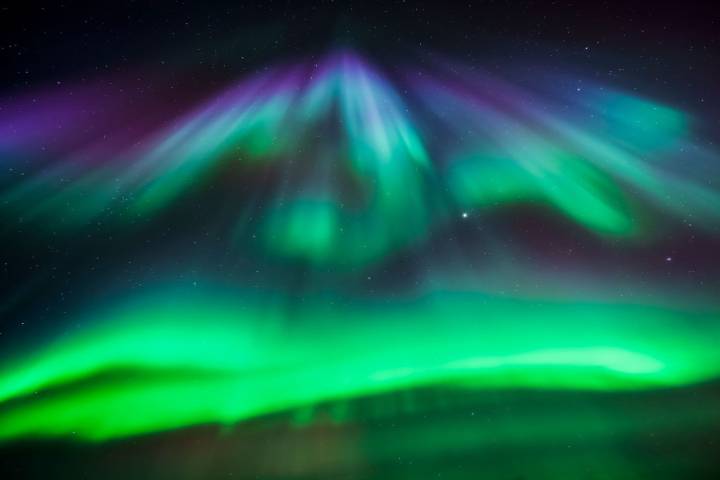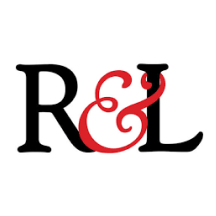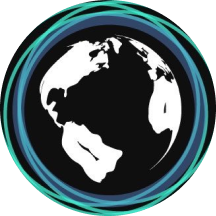NEED TO KNOW
On Aug. 26, fast solar winds from a coronal hole could give the northern lights a slight boost, though activity is expected to remain strongest at high latitudes.
NOAA forecasts "unsettled to active geomagnetic conditions," meaning aurora sightings are most likely in northern U.S. states.
While this isn't a major storm, short bursts of aurora activity are possible through mid-week, with a KP index projected to peak near 3.67.
The cosmos is stirring up a little mischief tonight!
On Aug. 26, fast-moving solar winds from a coronal hole are expected to brush past Earth, giving the northern lights yet another boost.
The northern lights result from geomagnetic storms when charged particles from the sun collide with gases in the Earth's atmosphere. Their visibility depend

 People Human Interest
People Human Interest

 Green Bay Press-Gazette
Green Bay Press-Gazette Statesville Record & Landmark
Statesville Record & Landmark  The Travel
The Travel The Week Culture
The Week Culture CNN
CNN The Times of Northwest Indiana
The Times of Northwest Indiana Mohave Valley Daily News
Mohave Valley Daily News Oh No They Didn't
Oh No They Didn't The Conversation
The Conversation